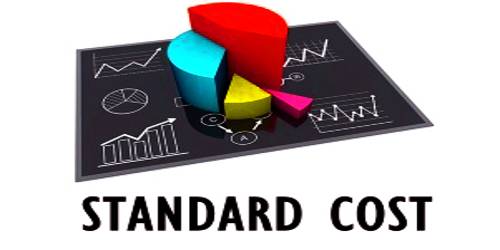Standard Costing system is an estimated or predetermined cost of performing an operation or producing a good or service, under normal conditions. They are generally related to a manufacturing company’s costs of direct material, direct labor, and manufacturing overhead.
The following are the advantages of the standard costing system:
- Standard costing is a rule of measurement established by authority, which provides a yardstick for performance evaluation,
- Standard costing system minimizes the wastage by detecting variance and suggesting for corrective actions,
- Under the standard costing system, cost centers are established and responsibility is assigned to the concerned departments and persons and thus it helps to increase the effective delegation of authority.
- A properly developed standard costing system with full participation and involvement creates a positive, cost-effective attitude through all levels of management.
- The standard system encourages reappraisals of methods, materials, and techniques that help to reduce the unfavorable variances.
- The standard costing system helps to draw management’s attention towards those items which are not proceeding according to plan.
- Standard costing system makes the whole organization cost conscious as it gives the focus to the standard cost and variance analysis.
- Standard costing system provides a basis for an incentive scheme to workers and supervisors.
- Standard costing system simplifies the cost control procedures.
- Standard costing acts as an effective tool for business planning, budgeting, marginal costing, inventory valuation etc.
Problems with Standard Costing
Cost-plus contracts: If you have a contract with a customer under whom the customer pays you for your costs incurred, plus a profit, then you must use actual costs, as per the terms of the contract.
Drives inappropriate activities: A number of the variances reported under a standard costing system will drive management to take incorrect actions to create favorable variances.
Fast-paced environment: A standard costing system assumes that costs do not change much in the near term, so that you can rely on standards for a number of months or even a year, before updating the costs.
Slow feedback: A complex system of variance calculations is an integral part of a standard costing system, which the accounting staff completes at the end of each reporting period.















